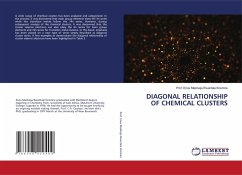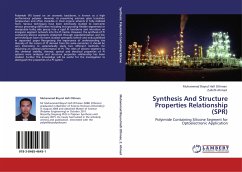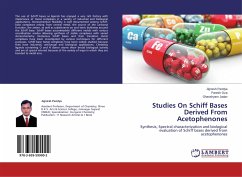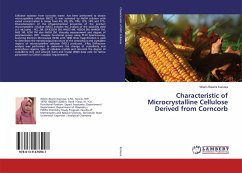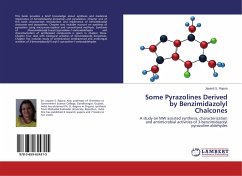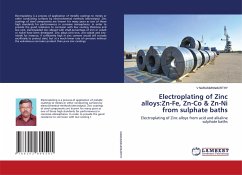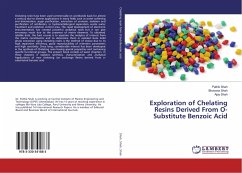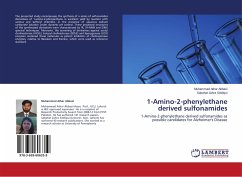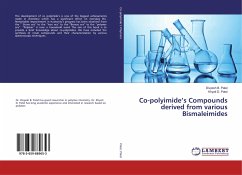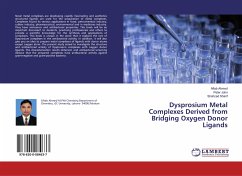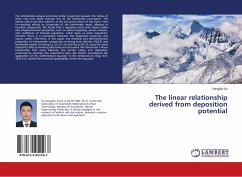
The linear relationship derived from deposition potential
Versandkostenfrei!
Versandfertig in 6-10 Tagen
27,99 €
inkl. MwSt.

PAYBACK Punkte
14 °P sammeln!
The lanthanides possess extremely similar properties because the radius of them only have slight changes due to the lanthanide contraction. The atomic radius and ionic valence, as the structural nature of the atom, have far-reaching effects on properties of the lanthanide metal, alloying or covalent compounds. We found that a regularity exists with atomic radius and physicochemical properties, such as electronegativity, atomic volume, and coefficient of thermal expansion, which gives us some inspiration: whether there is a correlation between the deposition potential and atomic radius, Therefo...
The lanthanides possess extremely similar properties because the radius of them only have slight changes due to the lanthanide contraction. The atomic radius and ionic valence, as the structural nature of the atom, have far-reaching effects on properties of the lanthanide metal, alloying or covalent compounds. We found that a regularity exists with atomic radius and physicochemical properties, such as electronegativity, atomic volume, and coefficient of thermal expansion, which gives us some inspiration: whether there is a correlation between the deposition potential and atomic radius, Therefore, in this paper, the chemical and electrochemical properties of intermetallic compounds involving lead chloride (PbCl2) and lanthanide metals (Ln being La, Ce, Pr, Gd and Dy) at 873 K using the same substrates (Mo) as working electrodes are discussed. We discovered a linear relationship that exists between the atomic radius and deposition potentials by summary the experiment data. We further investigated the application of the mathematical equation in the temperature range 873-1023 K to verified the universal applicability of the line equation.



